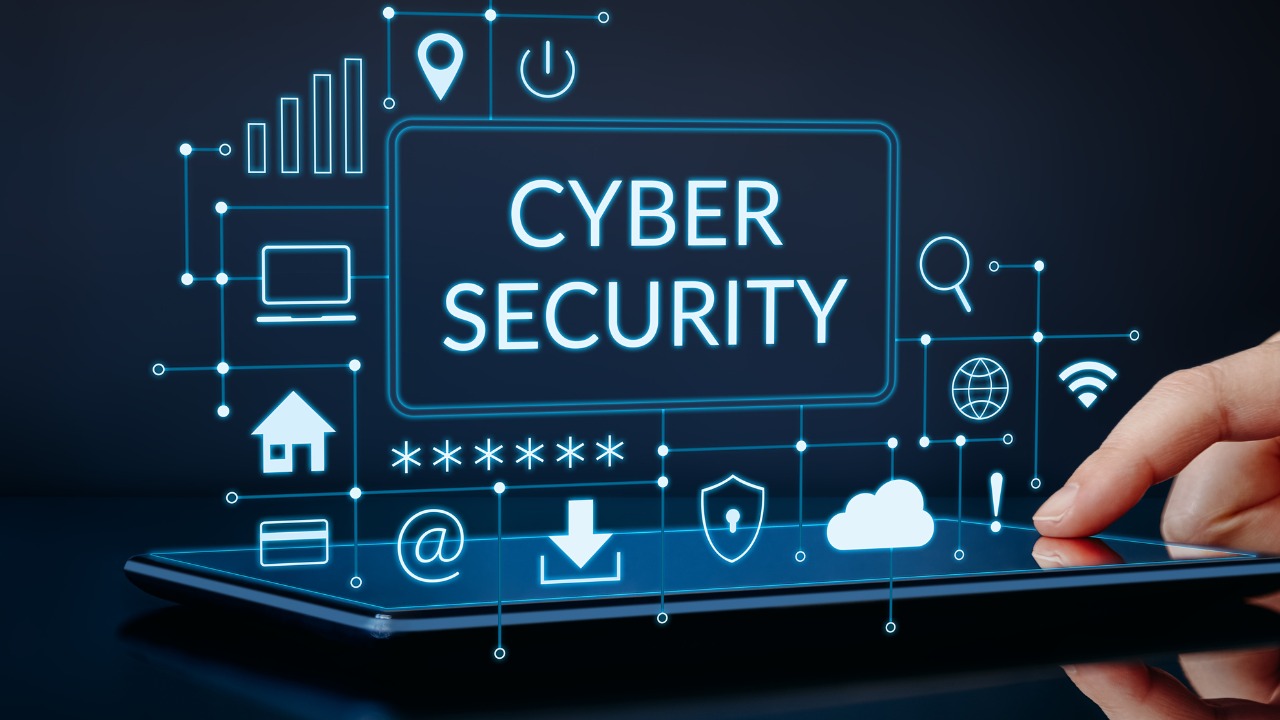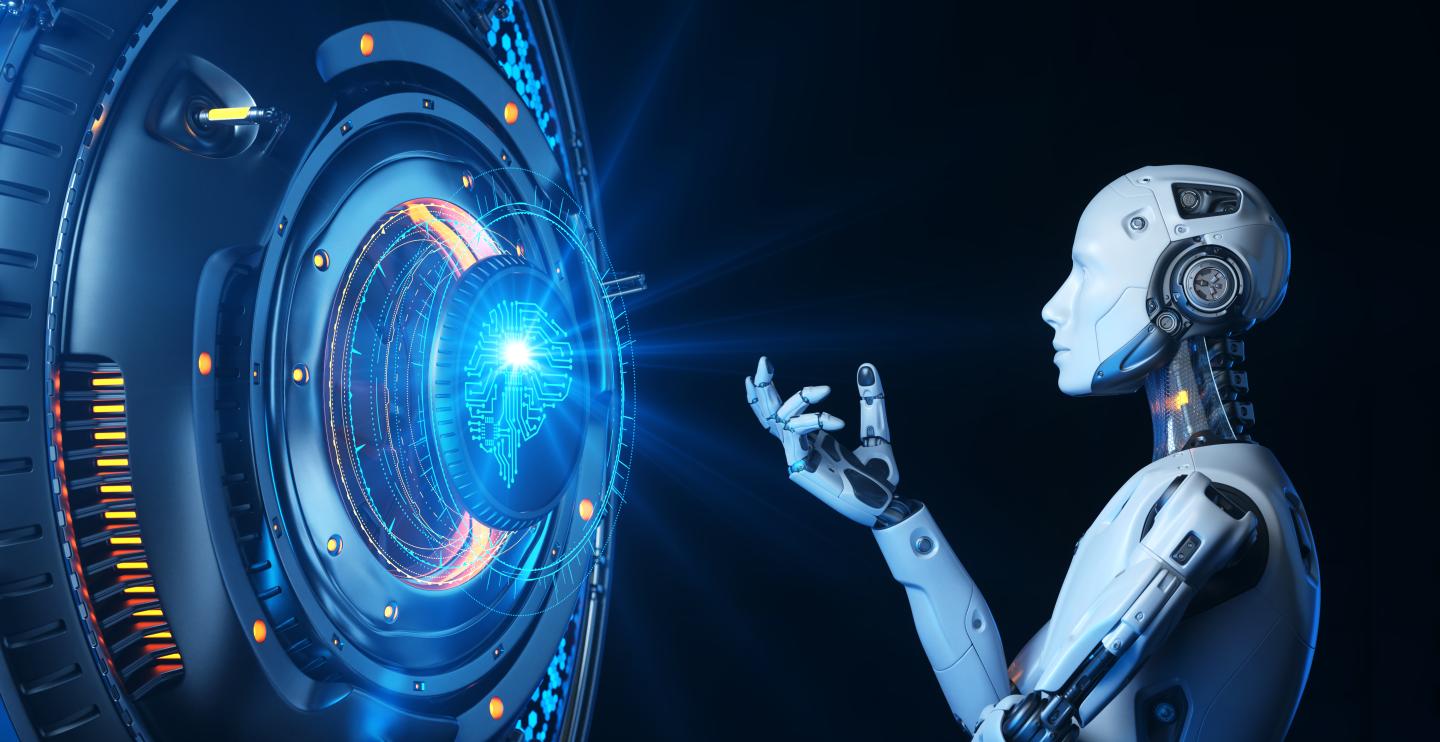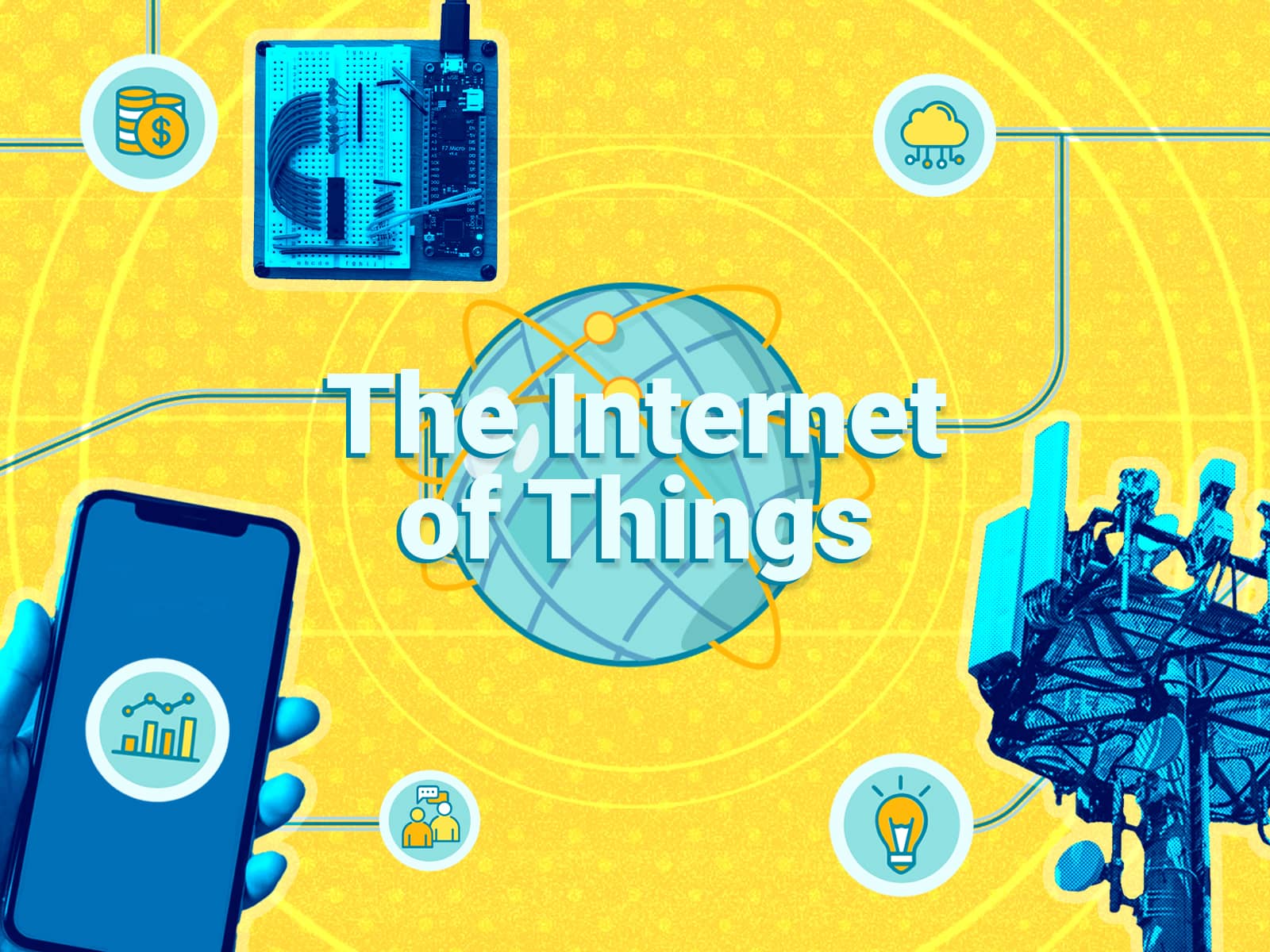The rapid advancement of technology has brought with it many benefits, but it has also created new and evolving threats to our online security and privacy. As the Internet has grown and become an increasingly central part of our lives, cyber criminals have developed new and sophisticated methods to steal sensitive information and compromise our online security. In response, the field of cybersecurity has evolved to meet these threats and protect against future ones.
One of the key developments in the evolution of cybersecurity has been the rise of artificial intelligence and machine learning. AI algorithms and models can analyze vast amounts of data and identify potential threats in real-time, allowing organizations to respond quickly and effectively to prevent cyber attacks. This has become increasingly important as cyber criminals have become more sophisticated and are using increasingly advanced methods to evade detection.
The use of artificial intelligence and machine learning in cybersecurity is not just limited to identifying and preventing cyber attacks, it is also being used to enhance other security measures such as access control, network security and encryption. AI algorithms can monitor user behavior and detect any anomalies or suspicious activity, flagging it for further investigation and preventing unauthorized access to sensitive information.
One of the benefits of using AI in cybersecurity is that it can process large amounts of data in real-time and detect patterns and correlations that would be difficult or impossible for humans to detect. This makes it possible to identify and respond to cyber threats in near real-time, reducing the risk of data breaches and theft of sensitive information.
Another important aspect of the evolution of cybersecurity is the increased use of cloud computing and the adoption of software as a service (SaaS) solutions. This trend has made it easier for organizations to access and store data, but it has also made it more challenging to secure that data. As a result, cybersecurity solutions must be designed to work seamlessly in cloud environments and protect against a wide range of threats, including attacks aimed at cloud-based infrastructure.
The rise of the Internet of Things (IoT) is another factor that has led to the evolution of cybersecurity. With the increasing number of connected devices, the attack surface has grown significantly, making it more difficult to secure networks and protect sensitive information. As a result, it’s essential that organizations implement robust cybersecurity measures to secure IoT devices and protect against potential threats.
Another important development in cybersecurity has been the increased use of encryption to protect sensitive information. Encryption algorithms are used to scramble data in transit, making it unreadable to anyone who does not have the encryption key. This has become increasingly important as more of our personal and financial information is being stored and transmitted online.
Encryption is critical in today’s digital age, where cyber threats are increasing in frequency and sophistication. From online banking to social media and email, much of our personal and sensitive information is being stored and transmitted online, making it a prime target for cyber criminals. The use of encryption helps to ensure that this information remains confidential and secure, even if it falls into the hands of cyber criminals.
Encryption algorithms work by using a mathematical formula to scramble data in transit, making it unreadable to anyone who does not have the encryption key. This means that even if cyber criminals intercept the data, they will not be able to access or understand its contents. Encryption is used in a variety of different forms, including SSL/TLS encryption for secure web connections, and encryption for email, cloud storage, and mobile devices.
Encryption is not foolproof and can be vulnerable to attacks, such as brute-force attacks or encryption weaknesses. However, the use of encryption is still considered to be one of the most effective ways to protect sensitive information. It is critical for organizations and individuals to use encryption whenever possible and to keep their encryption algorithms up-to-date to ensure that they remain secure.
In addition to encryption, there are other cybersecurity measures that organizations and individuals can use to protect themselves against cyber threats. These include firewalls, anti-virus software, and regular software updates. It is also important to practice safe online habits, such as using strong and unique passwords, avoiding phishing scams, and being mindful of the information that is shared online.
The rise of cloud computing has also had a major impact on cybersecurity. Cloud-based solutions offer many benefits, such as scalability and cost savings, but they also create new security challenges. As more organizations store sensitive data in the cloud, it has become increasingly important to ensure that this data is properly secured and protected against cyber attacks.
Cloud computing involves storing and accessing data and applications over the internet, rather than on a local server or personal computer. The benefits of cloud computing are many, including cost savings, scalability, and improved access to data and applications from anywhere with an internet connection. However, this also creates new security challenges, as sensitive data is now stored in a shared environment that is more vulnerable to cyber attacks.
One of the main concerns with cloud computing is the potential for data breaches. If the cloud provider’s security measures are not up to par, hackers could potentially access sensitive data stored in the cloud. In addition, the complexity of cloud environments can make it difficult to detect and respond to security threats in real-time, leaving organizations vulnerable to cyber attacks.
To mitigate these risks, it’s important for organizations to take a proactive approach to cloud security. This involves implementing strong security measures, such as encryption and multi-factor authentication, to protect sensitive data. In addition, it’s important for organizations to regularly monitor their cloud environments for potential security threats and to have a plan in place for responding to cyber attacks.
Another important consideration for organizations is choosing the right cloud provider. Not all cloud providers have the same level of security, so it’s important to do research and choose a provider that has a proven track record of protecting sensitive data. In addition, organizations should regularly review and update their cloud security measures to ensure that they are keeping pace with the ever-evolving threat landscape.
Another key challenge in cybersecurity is the growing number of connected devices and the Internet of Things (IoT). As more and more devices are connected to the internet, it has become increasingly important to secure these devices and protect against cyber attacks that can compromise the security of the entire network.
The Internet of Things (IoT) has revolutionized the way we live and work, connecting a vast array of devices and creating new opportunities for automation and data exchange. However, this increased connectivity also creates new security challenges, as these devices are often low-powered and lack the security features found on traditional computers. This makes them easy targets for cyber criminals who can exploit vulnerabilities in the devices themselves or in the networks they are connected to.
One of the main concerns with IoT security is the limited security features of many of these devices. Many IoT devices have limited processing power and storage, making it difficult to implement complex security measures. In addition, many IoT devices are not designed with security in mind, and are not regularly updated to address new security threats. This can leave organizations vulnerable to cyber attacks, particularly if these devices are connected to sensitive networks or systems.
Another challenge in securing the IoT is the sheer number of devices that are connected to the internet. With billions of connected devices in use today, it is difficult to keep track of all the potential security threats and ensure that each device is secure. This requires organizations to adopt a proactive approach to IoT security, incorporating security measures at the design stage and regularly monitoring their networks for potential threats.
One way to improve IoT security is to use encryption to protect the data transmitted between devices. Encryption algorithms scramble the data in transit, making it unreadable to anyone who does not have the encryption key. This helps to prevent cyber criminals from intercepting sensitive information, such as login credentials or financial data.
Another way to improve IoT security is to implement robust access control systems, such as multi-factor authentication. This requires users to provide multiple forms of identification, such as a password and a fingerprint or a security token, to access the network. This makes it much more difficult for cyber criminals to gain access to sensitive data or systems, even if they manage to obtain login credentials.
In conclusion, the evolution of cybersecurity has been shaped by the rapid advancement of technology and the growing threat from cyber criminals. The rise of AI and machine learning, the increased use of encryption, the growth of cloud computing, and the proliferation of connected devices have all had a major impact on cybersecurity and will continue to shape its future. As the threat from cyber criminals evolves, it will be increasingly important for organizations and individuals to stay informed and take proactive steps to protect against future threats. This may involve investing in new and innovative technologies, such as AI and machine learning, and training employees on best practices for online security and privacy. With the right tools and strategies, we can protect against future cyber threats and ensure the security of our sensitive information and devices.

![]()






GIPHY App Key not set. Please check settings